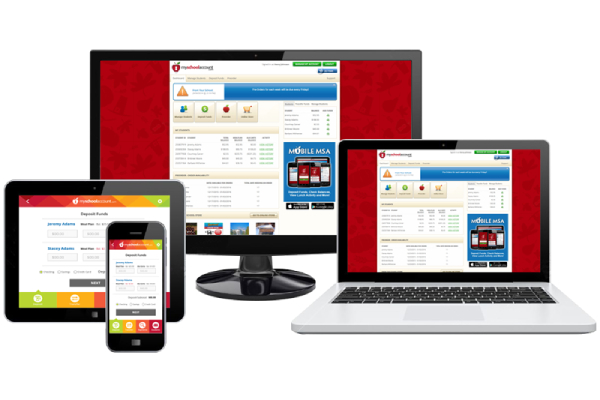The Importance Of Accounting In Schools
These days, huge investments are made into the educational sector, making school accounting prone to asset misappropriation and fraudulent activities. However, such activities can be controlled if the schools follow certain accounting standards. With the accounting standards in place, the school administrators will be more careful in handling the cash. They know there is a system to record all the transactions, and a virtual accountant will monitor them. So what are the accounting standards a school should follow? Let’s learn about it.
Different Accounting Standards
Here are the different books of account a school should keep to avoid any errors or fraudulent activities.
1. Cash Book
To record all the receipts and payments, a cash book should be prepared. A receipt or a payment transaction will be recorded as a journal and then allocated under the cash book’s appropriate head. The total of the cash book will represent the total amount paid or received under the specific head.
2. Personal Ledger
The personal ledger includes of collection ledger and donor’s ledger.
The collection ledger would include the admission fees, tuition fees, fines, special fees such as library fees, laboratory fees, sports fees, etc., and session charges. It is important to maintain the student’s ledger wherein all these collections will be credited to individual students. The ledger must include writing-off irrecoverable fees, concessions, free studentship, etc., that need to be sanctioned by the managing committee or a higher authority. The school authorities can also use online accounting services for periodical reconciliation. It should be made between the fees outstanding during the period beginning, fees collected, and the fees outstanding towards the end of the period.
The donor’s ledgers show the amount given by donors, the amount collected as donations, and the amount outstanding.

3. Stock Book Register
The stock book register records the properties purchased, such as furniture, book, building, investment, consumable stores, etc. The transaction must be recorded in the stock book register and the cash book whenever an asset is purchased. Similarly, it must be adjusted to keep the stock book register up to date when the asset is sold.
4. Salary And Wage Register
This register records all the salary and wage amounts paid or payable to the school’s employees. The monthly total must be recorded in this register and the cash book as well.
5. Annual Statement Of Accounts
The statement of accounts shows the year’s actual income and expenditure classified under appropriate heads. The statement of accounts needs to be audited by the chartered accountants, and they will sign it off after carefully auditing the transactions with the supporting documents. The statement will then be submitted to the institution’s governing body. Once the statement is approved, it will become the final statement. The account statement is prepared in such a way that the first column will be the budgeted figures, the second column will show the actual figures, and the last column will show the estimated figures for the next year.
Top Accounting Softwares For Schools
For the betterment of accounting in schools, the management can use different accounting software. Here is the list of some top accounting softwares.
Active Educate – This software offers school accounting software packages that are quite user-friendly. Active Educate features include inventory tracking, student fee collection, customizable receipting, online storefront integration, equipment tracking, customizable reporting, online credit card payments, etc.
HeadMaster – This is a school administration tool with administration software that helps process various payment types. Parents can use the HeadMaster tool to check the tuition balance. The tool includes payroll functionality and lunchroom accounting as well. The features include student profiles, tuition management, invoicing, general ledger, payroll management, and credit card payments.
PraxiSchool- offers various features, including attendance management, cafeteria management, and discipline management. Schools can use this software for organizing their budgets, bank reconciliations, accounts payable and receivable, and write and distribute checks. The software also eliminates the chances of having duplicate transactions. Other features include general ledger, tuition management, credit card payments, automated billing, and customizable reporting.
With the set accounting standards, efficient accounting software, and online accounting services, the schools can eliminate the threat of fraudulent activities and misappropriate asset handling. Continue Reading






